Start Sowing Petunias At The End Of Winter – They Can Be Planted Out In Late Spring
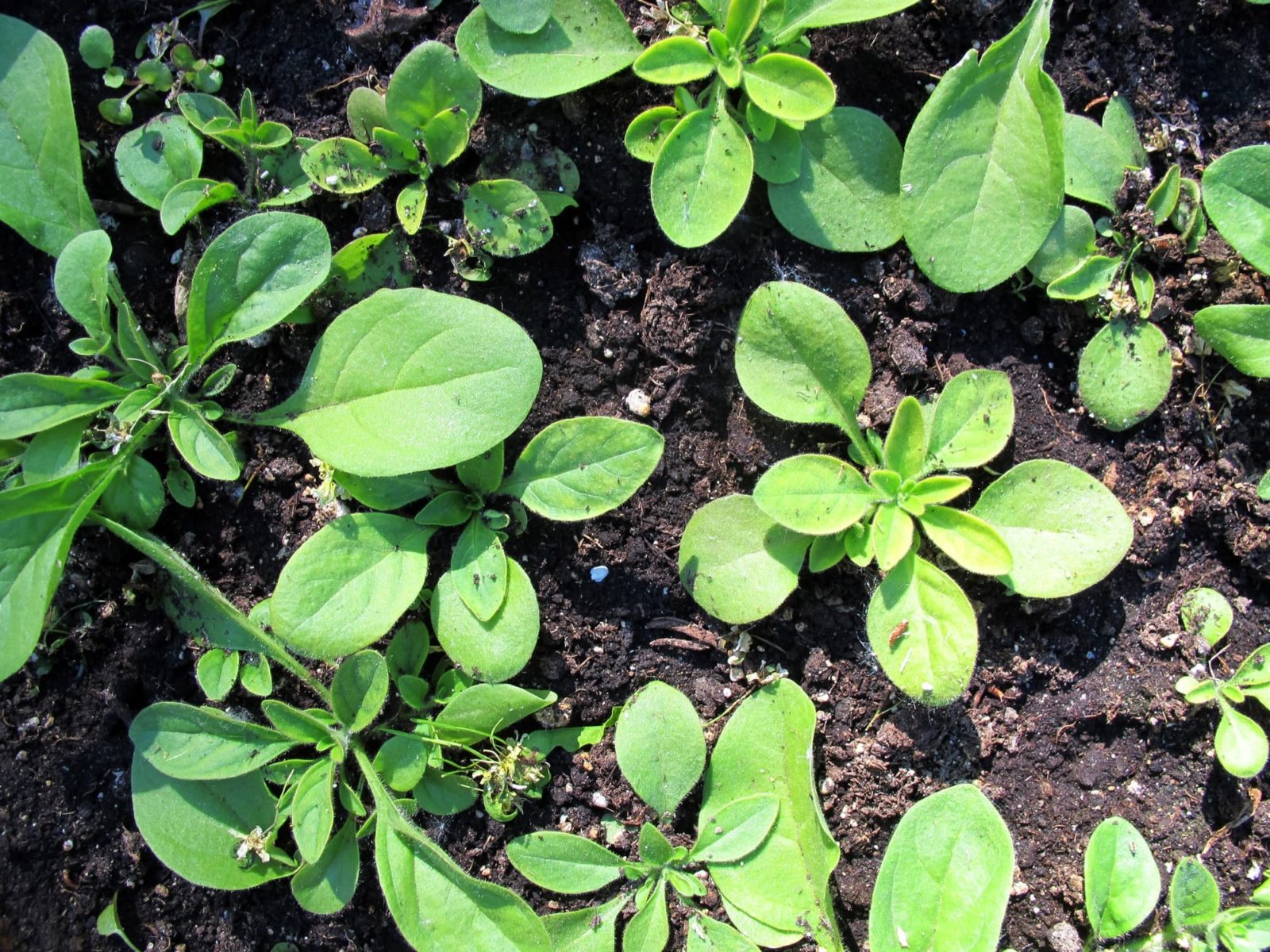

Elizabeth is a Permaculture Garden Designer, Sustainability Consultant and Professional Writer, working as an advocate for positive change. She graduated from the University of St. Andrews with an MA in English and Philosophy and obtained a Diploma in Applied Permaculture Design from the Permaculture Association.
Reviewed By PETER LICKORISH

Peter is a Horticulture Lecturer and self-employed Horticulturist, with a passion for diverse areas of the industry - from garden design to the science behind plant growth and propagation. He has completed the Royal Horticultural Society’s Master of Horticulture (MHort) Award and lectures on RHS courses at Bedford College.
IN THIS GUIDE
PETUNIA GUIDES
Container Growing
Deadheading
Hanging Baskets
Legginess
Overwintering
Pruning
Sowing
Surfinia
Petunias are popular bedding plants which can provide an abundance of colourful blooms in a garden.
They can often bloom all summer long and can even last well into autumn, only dying back once the first frost arrives.
Most typically, these popular flowering plants are purchased as plug plants or pot-grown plants.
However, it is also possible to grow some petunia varieties from seed.
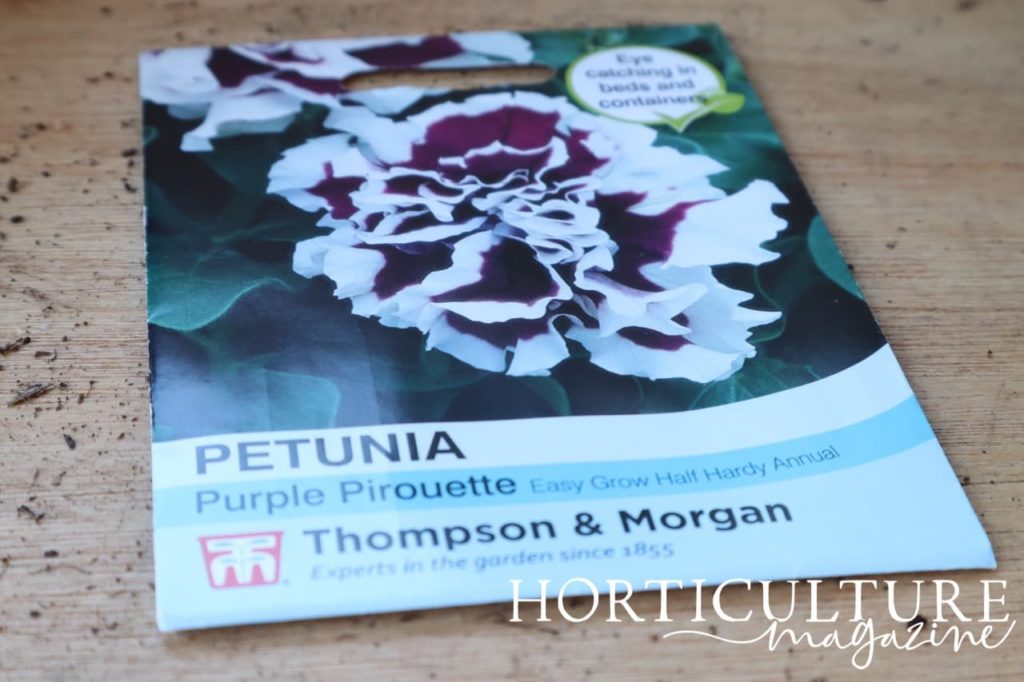
To grow petunias from seed:
- Sow your petunia seeds onto the surface of a seed tray in moist, peat-free seed compost.
- Keep the seeds in a warm, well-lit place, maintaining temperatures of 21°C.
- Prick out and pot on the petunia seedlings.
- Harden off and plant out your petunia seedlings after all risk of frost has passed in your area.
| Difficulty | Medium |
| Equipment Required | Seeds, seed trays, pots, growing medium, propagator |
| When To Sow | February |
| When To Plant Out | May to June |
When To Sow Petunias
Petunia seeds should be sown indoors around February, towards the end of winter.
Early indoor sowing will allow you to obtain young plants that can be planted out after the risk of frost has passed where you live.
1) Sow In A Seed-Starting Mix
You can see from my image below that Petunia seeds are tiny!
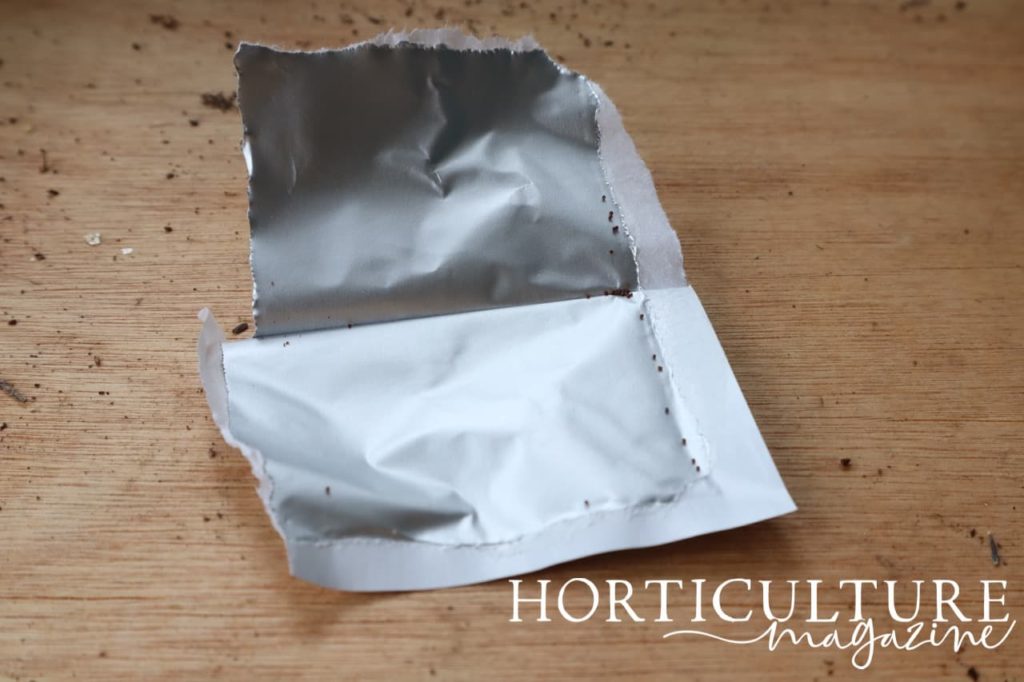
This does make it a little difficult to handle and separate the seeds into separate compartments – I actually used a sharp pencil to help with this.
Alternatively, mix the seed with a small quantity of dry silver sand. Broadcasting this across the top of the compost in a seed tray helps you to see that seed is evenly distributed.
100-200 seeds could be sown in a tray the size of an A4 page.
Prepare seed trays by filling them with a suitable moist, yet free-draining, seed-starting potting mix.
Ensure there are no large lumps, and firm the compost down well.
Sow your petunia seeds on the surface of this medium and do not cover them with potting mix, as these seeds require light for germination to take place.
2) Wait For Germination
In order for the successful germination of petunia seeds to take place, temperatures should remain consistently at 21°C.
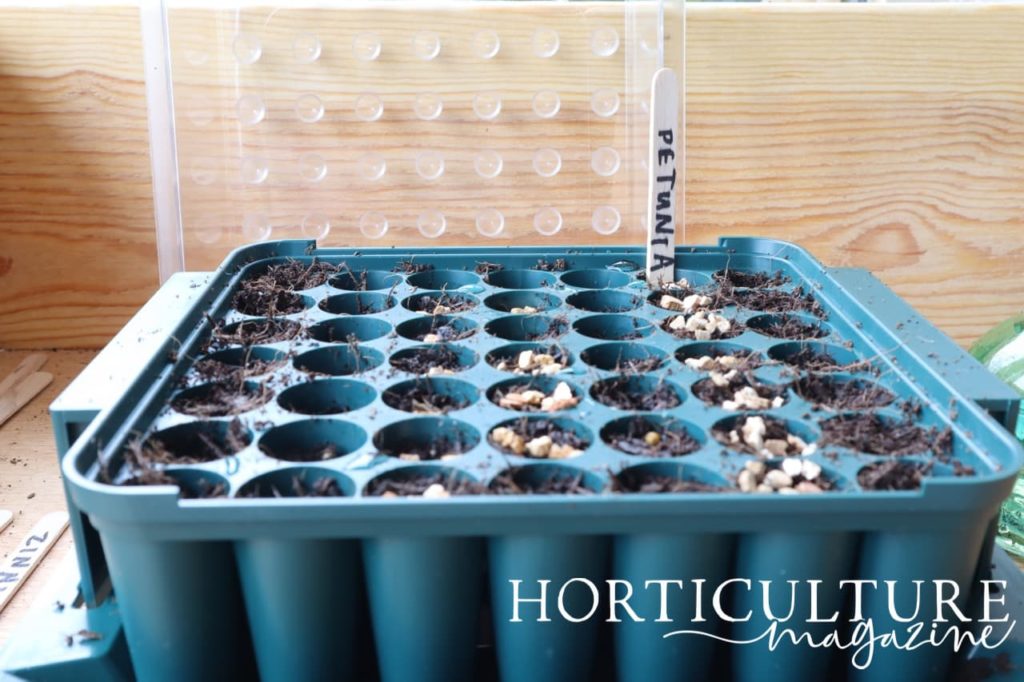
Germination rates can be patchy if the conditions are not ideal.
It can be easier to achieve successful germination if you use a heated propagator to control the conditions and the lid can also help prevent the seeds from drying out.
After only a week in a heated propagator I found that each module in my seed tray had at least one tiny seedling.
3) Prick Out & Pot On Your Seedlings
Once germination takes place and seedlings emerge, you should prick these out of the seed tray and place each one into an individual pot as soon as they are large enough to handle.
Place them in a location with temperatures between 13-25°C.
You should definitely make sure that temperatures do not drop too low as this could kill off the tender young seedlings.
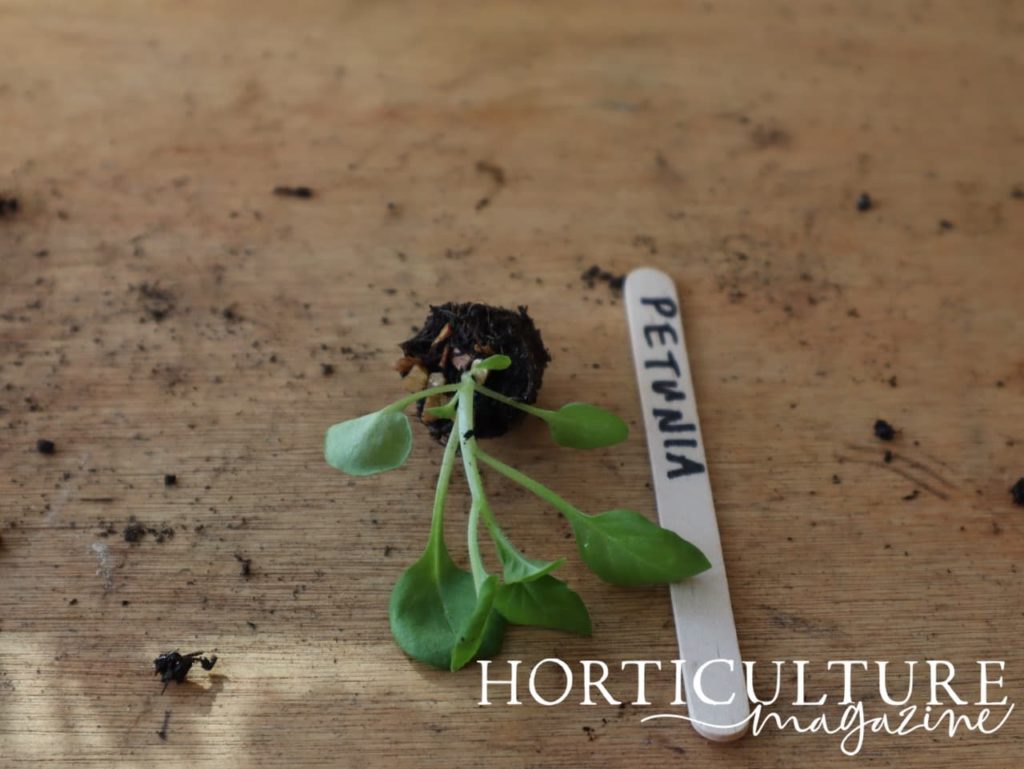
Of course, you also have to make sure that the growing medium remains moist but not waterlogged until it is time to plant out your young plants.
“When handling delicate petunia seedlings, hold them by a leaf,” Peter Lickorish, a Master Horticulturist, recommends.
“A leaf is expendable, if it should break, but if you grip them by the stem and it snaps, your petunia has met its end.
“For planting out larger plants, after hardening off, a leaf won’t take the strain. Instead, grip them gently, for the same reason.”
4) Plant Out In Warmer Weather
Once all risk of frost has passed where you live and the weather has begun to warm up, which is typically in May or June, you can plant out your petunia seedlings in your garden.
Make sure that before you plant your young petunias, you take the right steps to harden off your plants.
This simply means slowly acclimatising them to the outdoor conditions.
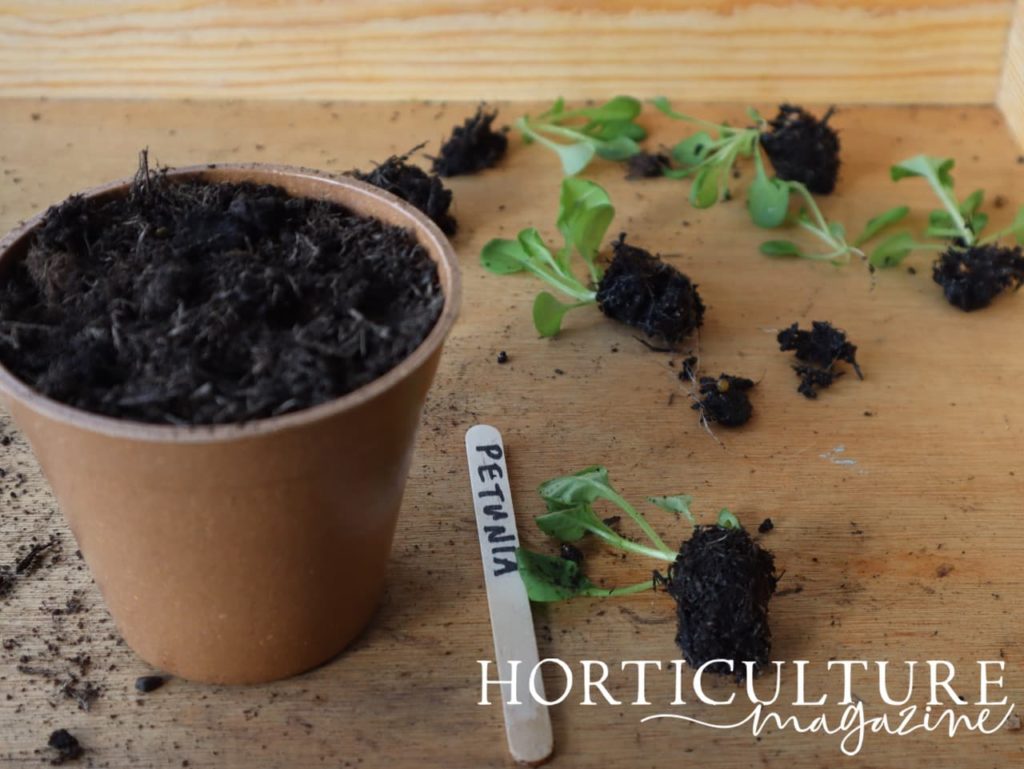
Plant out petunias to the same depth that they sat at in their pot, in a location suited to their growing needs.
Petunias need rich and fertile soil with plenty of organic matter or a good peat-free multipurpose compost when grown in pots.
They will typically flower and do best in a position in full sun that is also relatively sheltered.
So, whether you plan to grow petunias in the ground, in raised beds, in containers or in hanging baskets, make sure that you place them in a sunny position for the best results.
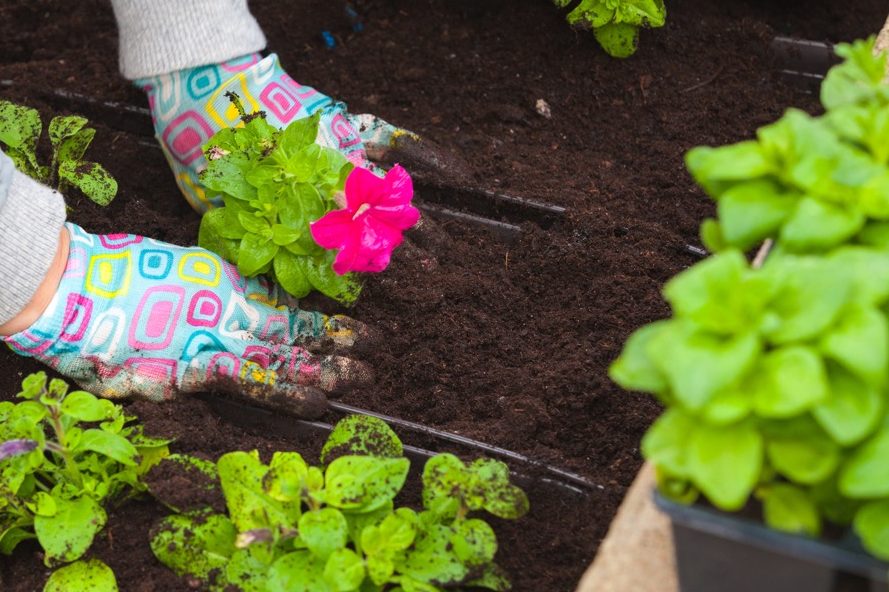
Although petunias can be moderately difficult to get to germinate successfully, it is definitely worthwhile growing them from seed if you can.
